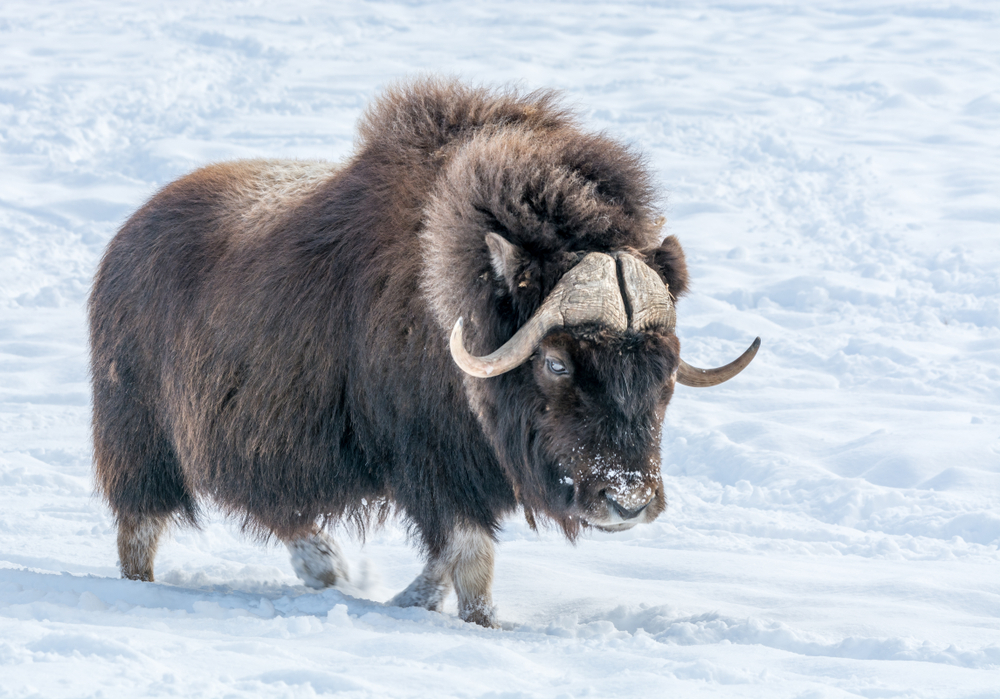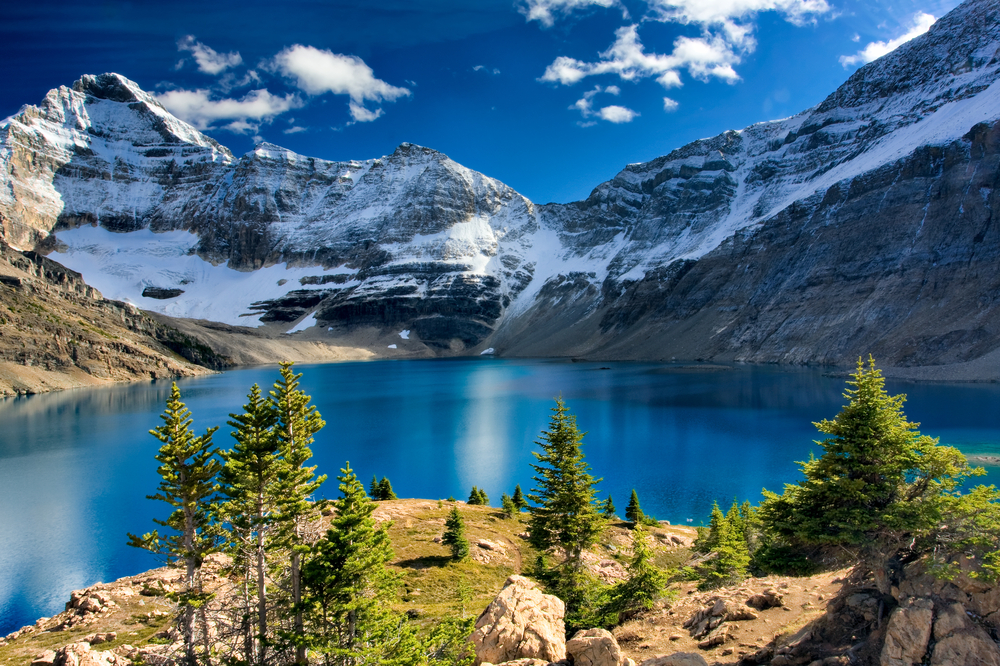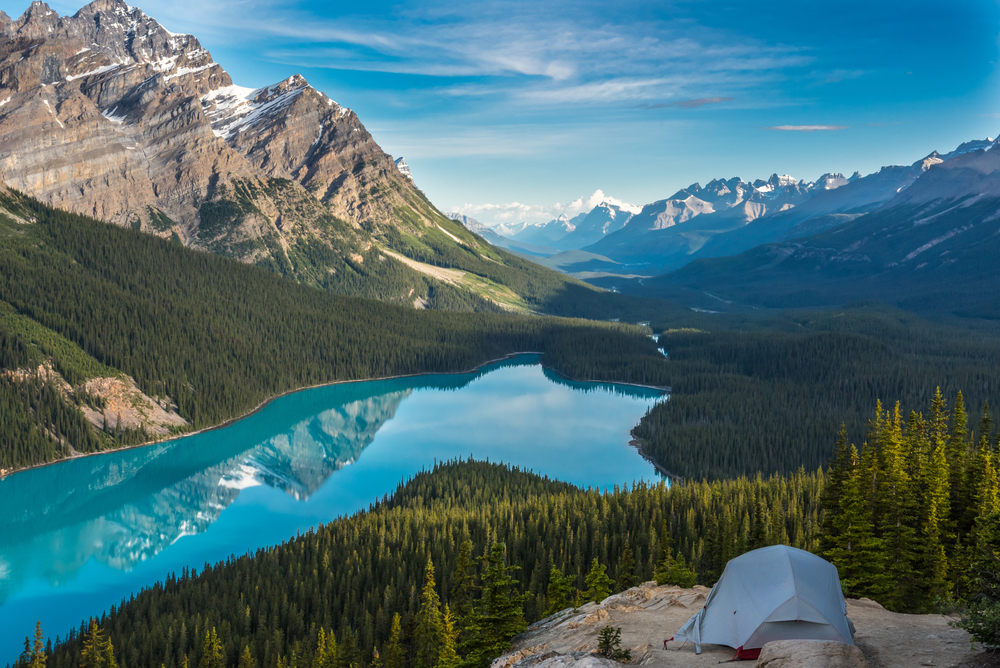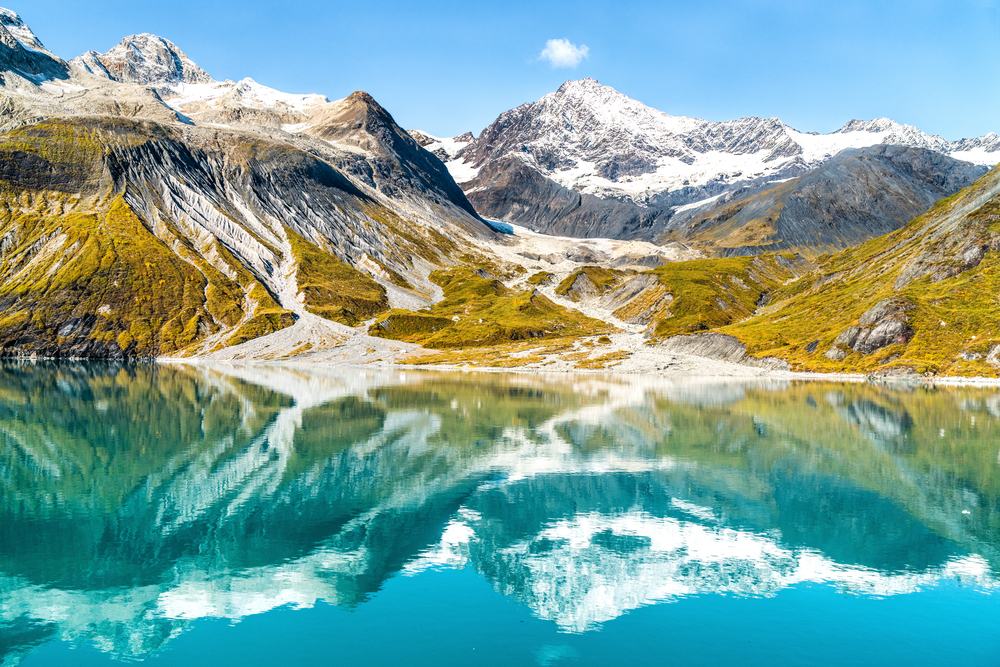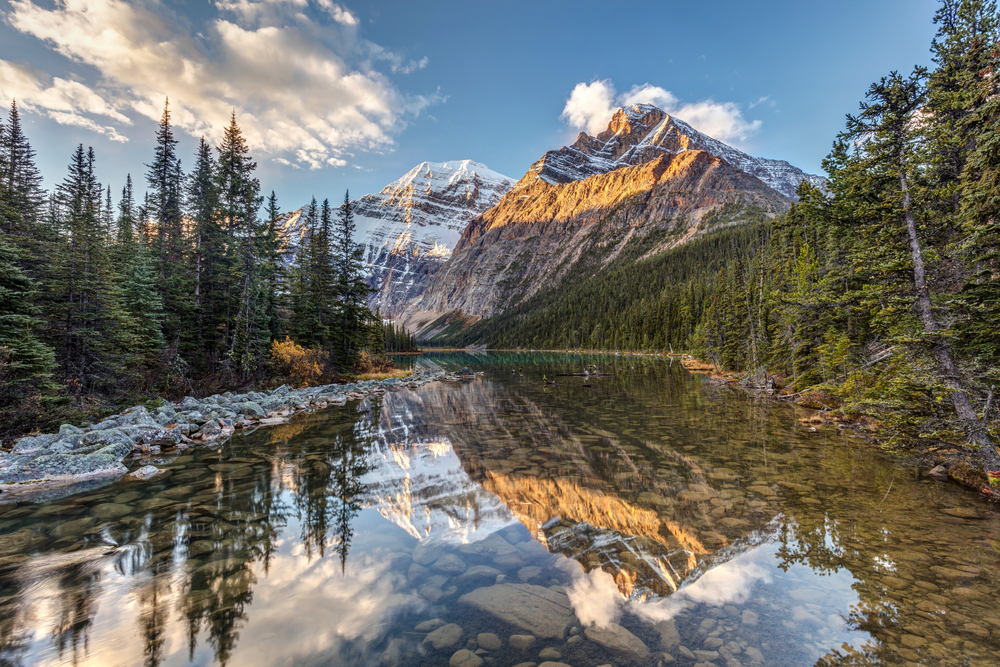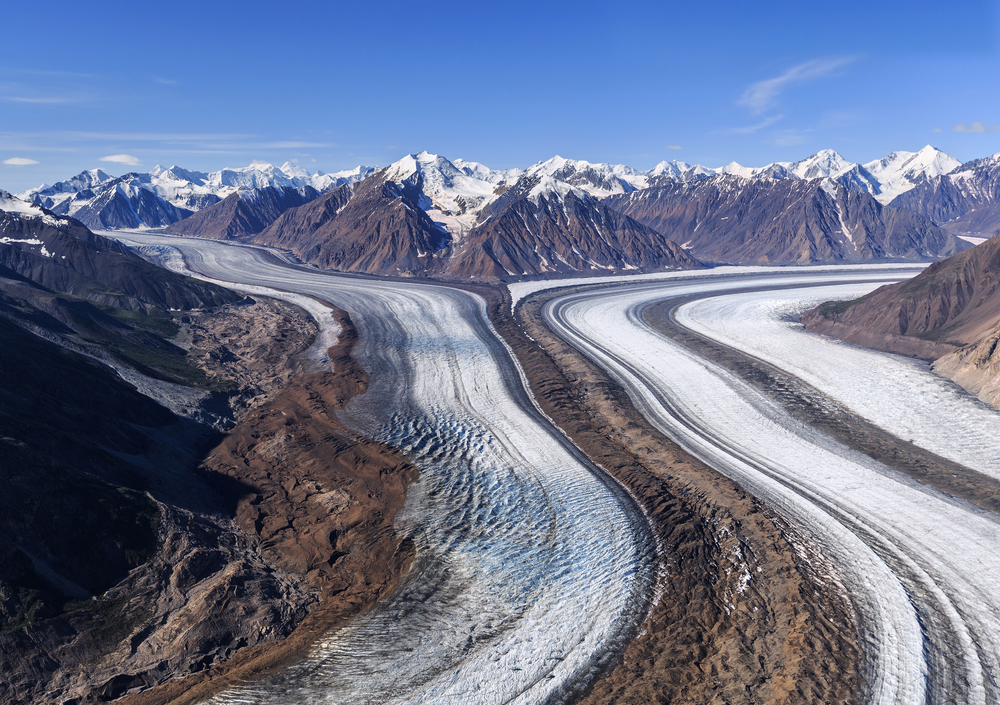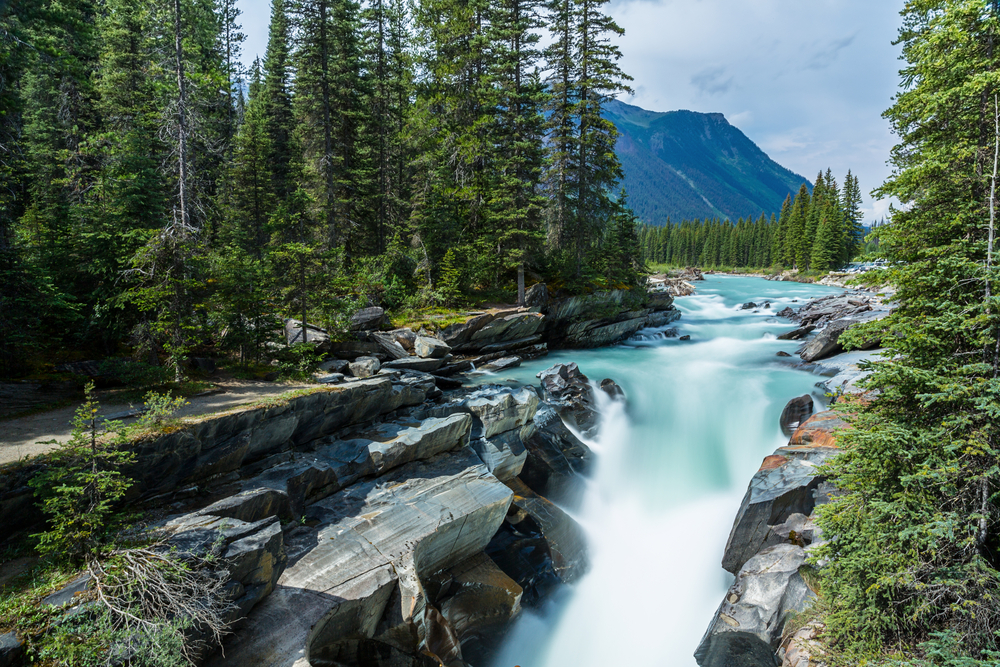Aulavik Overview
Aulavik National Park, meaning “place where people travel” in Inuvialuktun, is a remote and rugged wilderness located in the northernmost part of Canada on Banks Island in the Northwest Territories.
Covering approximately 4,740 square miles (12,274 square kilometers), this vast and pristine landscape is one of the most isolated parks in North America. It is situated entirely above the Arctic Circle, making it a remarkable example of the extreme and delicate ecosystems found in the high Arctic.
With no roads, permanent facilities, or developed trails, Aulavik is accessible only by air or an arduous journey by boat along the Thomsen River, which runs through the heart of the park. The Thomsen River is one of the northernmost navigable rivers in the world, offering a unique way for visitors to explore this remote region.
The terrain of Aulavik National Park is characterized by vast Arctic tundra, rolling hills, deep river valleys, and rugged coastal areas along the Beaufort Sea. The landscape is shaped by glacial and periglacial processes, featuring patterned ground, pingos, and exposed sedimentary rock formations.
Unlike the dense forests of southern Canada, the park is dominated by low-lying vegetation, including Arctic willows, dwarf shrubs, sedges, lichens, and mosses, all adapted to the harsh climate and permafrost. In the short Arctic summer, the tundra bursts into a colorful display of wildflowers such as Arctic poppies and mountain avens, creating a stark yet beautiful contrast against the muted tones of the land.
Aulavik is renowned for its abundant wildlife, particularly its thriving population of muskoxen. The park is home to one of the highest densities of muskoxen in the world, with thousands of these shaggy, prehistoric-looking mammals roaming the tundra.
Caribou, Arctic foxes, and Arctic hares also inhabit the region, while predators such as wolves occasionally traverse the landscape in search of prey. Birdlife in the park is diverse despite the harsh conditions, with species such as snowy owls, rough-legged hawks, gyrfalcons, and long-tailed jaegers making the tundra their summer breeding grounds. Waterfowl, including tundra swans, king eiders, and red-throated loons, can be seen along the rivers and wetlands, adding to the ecological richness of the area.
One of the most striking features of Aulavik National Park is the Thomsen River, which provides an unparalleled Arctic paddling experience. This slow-moving river is a major draw for adventurous visitors who wish to explore the park by canoe or kayak.
The river winds through a stunning Arctic landscape, offering a rare opportunity to witness wildlife up close while navigating its waters. Hiking across the tundra is another way to experience the park, although visitors must be entirely self-sufficient due to the lack of services.
The park’s remoteness and lack of human interference make it an exceptional destination for scientific research and photography, particularly for those interested in Arctic ecosystems, climate change, and wildlife behavior.
Conservation efforts in Aulavik National Park focus on preserving its fragile Arctic ecosystem and maintaining the integrity of its wildlife populations. The park is managed by Parks Canada in collaboration with the Inuvialuit people, who have lived in this region for thousands of years.
Their traditional knowledge and stewardship play a vital role in conservation efforts, ensuring that the land remains protected while allowing for sustainable cultural and subsistence practices. One of the park’s main conservation challenges is climate change, which is altering permafrost stability, vegetation patterns, and wildlife migration.
Despite these challenges, Aulavik remains a remarkable example of successful Arctic conservation, offering a pristine and untouched landscape for those willing to venture into its wild and remote expanse.








































































